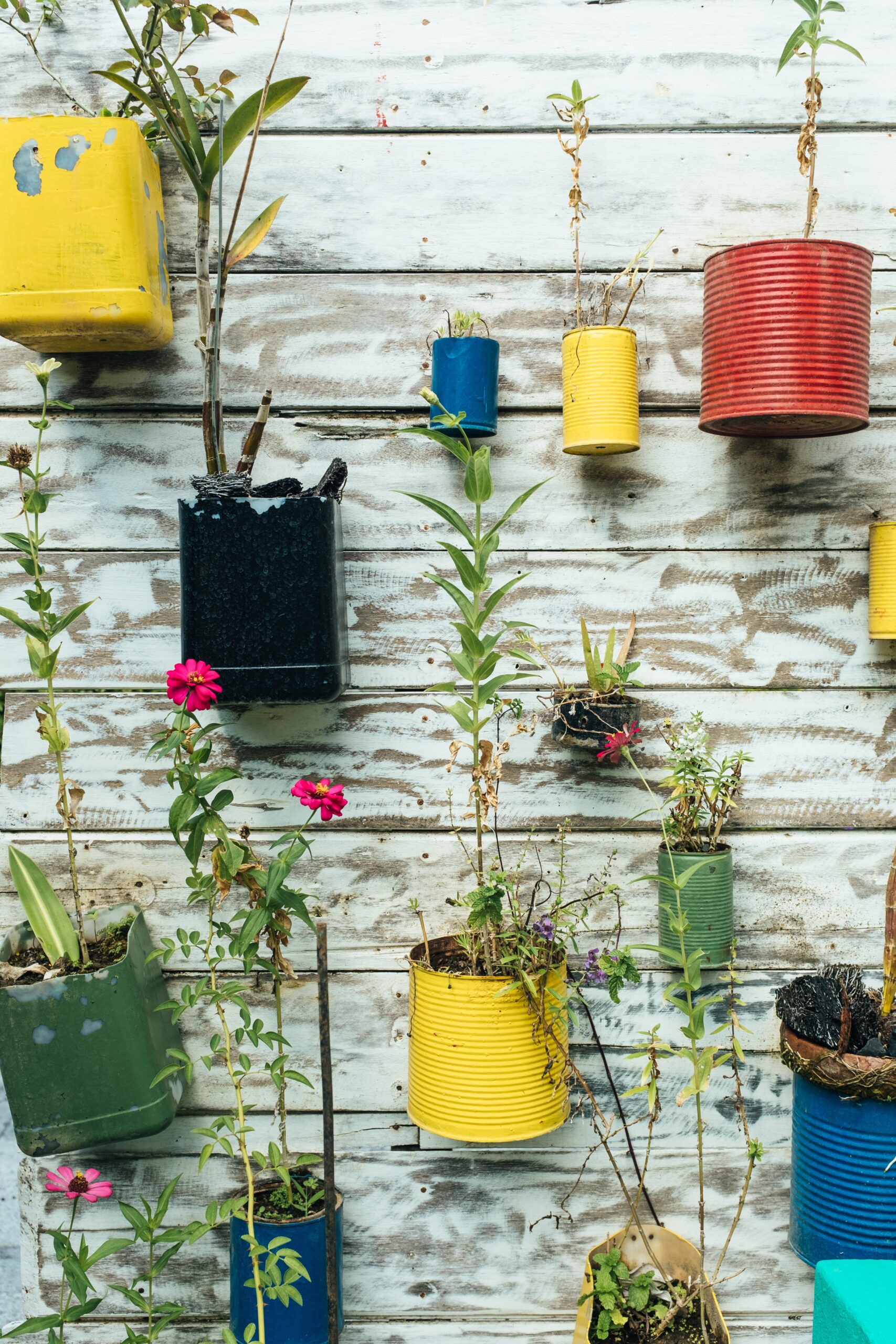Photo by Bernard Hermant on Unsplash
Around campus, we often see separate cans for trash and recycling, but it can be difficult to differentiate what materials can be recycled and what should be trashed. It is crucial to make an effort to reduce the amount of landfill waste we generate since landfills are known to emit CO2, greenhouse gas emissions, and pollute cherished habitats and waterways. To keep our single-use materials out of our landfills that would be destined for the dumps, it is productive to learn how to recycle items the right way.
To start off with one tip to keep in mind, understand that liquids, food scraps and residues must be kept out of the recyclables. When we toss our cardboard pizza boxes, we would need to rip or cut off the parts of the box that are not stained with grease in order for that cardboard to be recycled. Cardboard is fairly easy to recycle, too, so long as it is clean and dry. Any greased-covered recyclable will be trashed inevitably along the way. Metal and glass can be recycled, but it is always a good idea to try and repurpose a jar if possible.
Many communities, from the entire state of New York to the borough of West Chester, have found ways to ban single-use plastics and plastic bags. This ban is a large step toward living in a world with a reduction in its plastic usage and consumption. The reason this helps directly with recycling management is because single-use plastic — like grocery bags and straws — cannot be recycled. They directly go to landfills and find their ways into polluting the environment, whether we see it in front of us or not. Alongside this, the items we must know not to recycle include wax or plastic coating cartons. The cartons from an almond milk beverage or a pint of ice cream cannot be recycled even if the cartons are washed off becaused the plastic coatings prevent the paper material from being properly recycled.
The “chasing arrows” we normally see on plastic recyclables: the little triangular arrows typically located on the bottom of a product’s packaging allow for us to determine which material we are handling and if it can be recycled and how.
-
- Symbol 1 is a PETG (polyethylene terephthalate glycol) plastic. This is usually in the form of soda bottles, fruit juice bottles and cooking oil containers. This type of plastic is easily recyclable through curbside recycling programs and can eventually be made into new containers, carpet and furniture.
- Symbol 2 is HDPE (high-density polyethylene) plastic. This is a common plastic used mostly for milk cartons and cleaning agent containers because of its light weight and durability. This material is also easily recyclable in normal curbside programs and eventually gets turned into pipes, oil bottles, pens and more detergent bottles.
- Symbol 3 is PVC (polyvinyl chloride), also known as vinyl. This lightweight malleable plastic is normally in the form of cookie and dessert trays. It is rarely recycled and not usually accepted in curbside programs.
- Symbol 4 is LDPE (low-density polyethylene). It is the plastic that makes up grocery bags and garbage bags. It is not typically recyclable, but can be used sometimes to make floor tiles and shipping envelopes. If one is ever uncertain of a product’s recyclability, check the box or package’s specifications for more direct information. Not all plastic is the same.
-
- Symbol 5 is PP (polypropylene plastic). Our furniture, luggage and toys are usually made of this plastic. It is increasingly accepted in curbside recycling programs. Sometimes it makes medicine bottles and ketchup bottles, so again be sure to rinse the plastic before attempting to recycle it.
- Symbol 6 is PS (styrene plastic, or polystyrene). This plastic is found in toys, refrigerator trays, cosmetic bags and some costume jewelry. This is not typically recycled in curbside recycling programs.
- Symbol 7 is plastic known as “other plastics.” It usually includes a myriad of plastics such as acrylic plastic, polycarbonate plastic, nylon and fiberglass. Food storage containers, signs and shelving units are usually the items that fall under this category.
Each receptacle is different, but this basic guide can aid in the individual process of throwing out waste and recycling. If there are ever different bins separating metal, plastics and glass, take advantage of that process and respect the environmental goals of categorical recycling methods. When we take responsibility for our own waste and consumption, there is less work left to do for those who work in waste management and an avoidance of environmental repercussions.
Kristine Kearns is a second-year English major with minors in Creative Writing and Sustainability. KK947319@wcupa.edu

